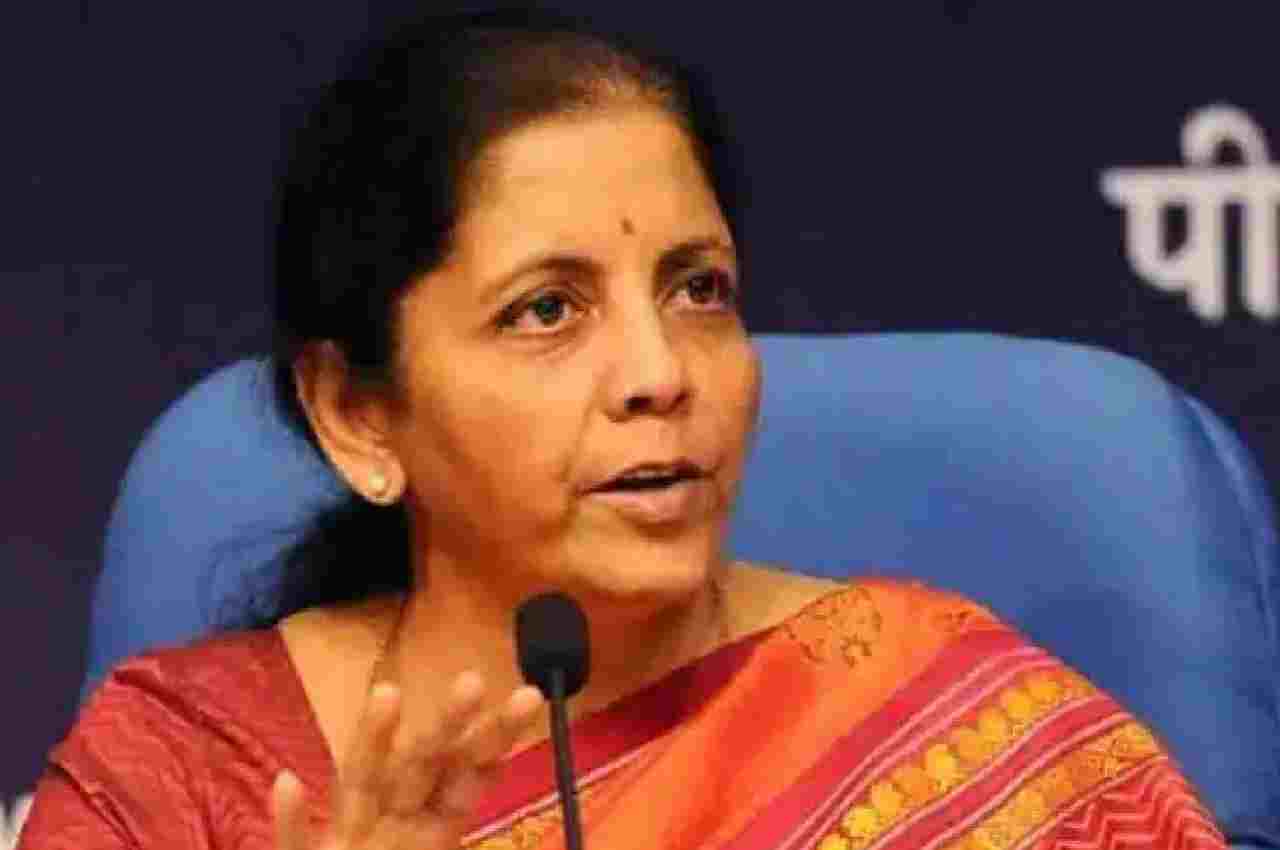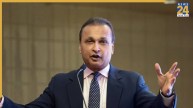Nirmala Sitharaman: As central bank officials work to stabilise Asia’s third-largest economy in the face of challenging global headwinds, India’s Finance Minister Nirmala Sitharaman anticipates solid growth and lower inflation in 2019.
“External factors were very strong in the inflation-targeting exercise,” Sitharaman said Wednesday at a Reuters event, noting that they were beyond the control of the government and the Reserve Bank of India. “We expect currency volatility to settle on its own.”
In October, India’s consumer price increases dropped below 7% for the first time in three months. At a monetary policy review the following week, the RBI, which has increased its benchmark rate by 190 basis points this year, is anticipated to maintain its hawkish stance. This month, rate-makers wrote a letter to the government outlining a plan for bringing prices back to goal and explaining why they had failed to keep inflation between 2% and 6%.
Growth, health, and education will be the government’s top three goals for 2023, Sitharaman noted while declining to discuss specifics from the letter.
The government is currently preparing the yearly budget for February when the finance minister made his remarks. That will be the last full-year budget before the summer of 2024, when voters will choose a new prime minister, when Indian governments normally slacken their spending restrictions.
Capital spending, according to Sitharaman, is a crucial strategy for fostering growth. In order to take advantage of the need to diversify operations away from China, the government is providing incentives to businesses that expand manufacturing in India, she continued.
“We are well on the course of meeting the capex target for this year,” Sitharaman said. “States have shown exceptional absorption capacity for taking the monies and spending them on capital assets. That is the only way we think we can sustain our growth because that is the sure-shot way of achieving the multiplier that the economy requires.”
Sitharaman also defended the use of foreign exchange reserves to address the volatility in the currency that touched record lows about a month ago. “All of us are confident that what has happened in terms of using reserves to contain the volatility was the right thing to do,” she said.













